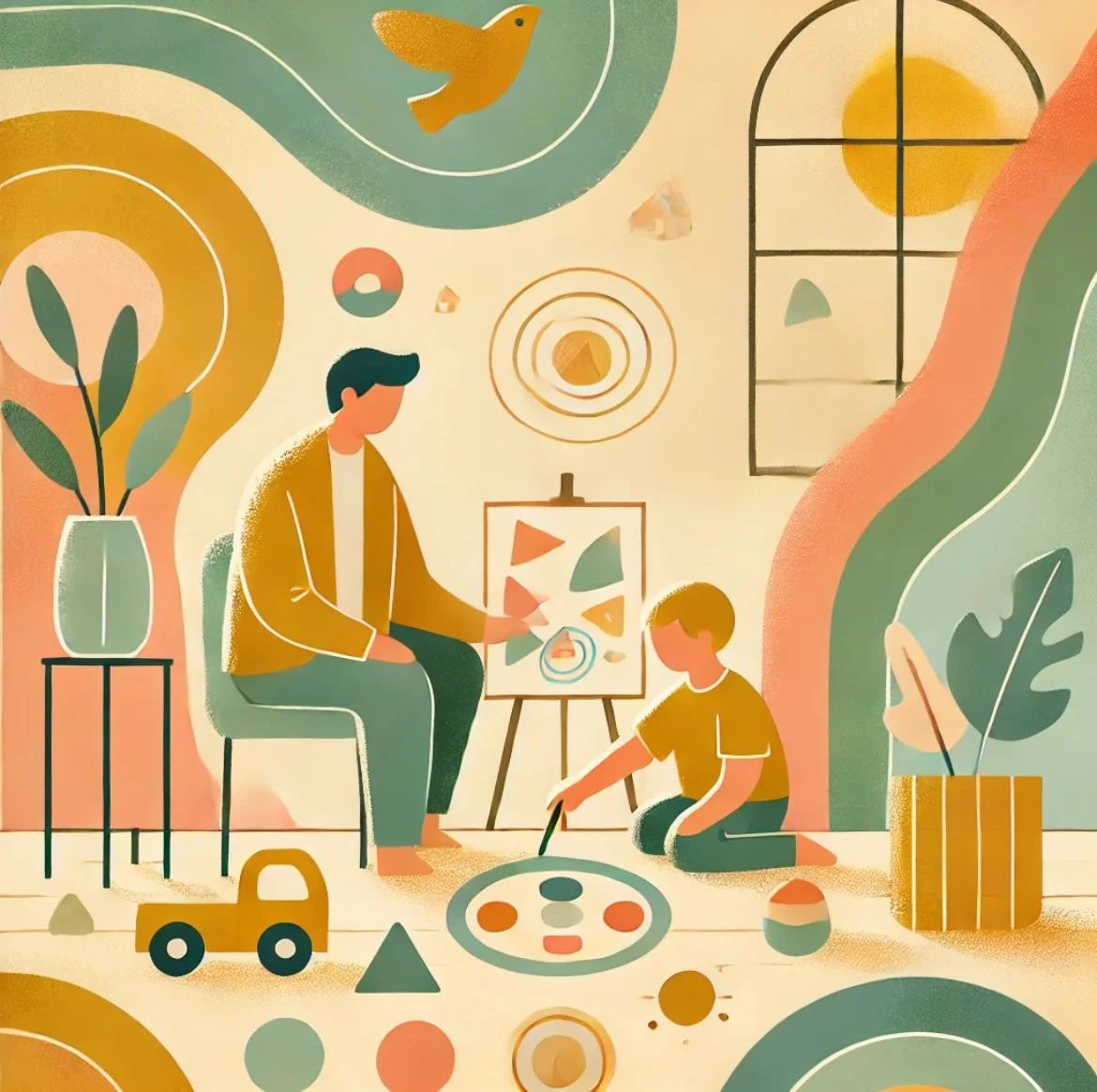Child Therapy
"A child’s behavior is their way of communicating what words struggle to express."
The Process
✺Comprehensive Assessment
The process begins with a thorough, collaborative assessment with parents. We explore:
Environment – School, friendships, caregivers
Developmental Milestones – Language acquisition, motor development
Personal History
Transgenerational Influences
✺Holistic, Child-Centered Approach
I use a holistic, child-centered approach to therapy, recognizing that multiple factors contribute to a child's symptoms and distress.
✺The Power of Play Therapy
Through play therapy, drawing, and speech, we gain insight into the child's inner world. Play is the universal language of children, offering a window into their emotions and struggles.
✺ Understanding Symptoms
Symptoms such as aggression, selective mutism, or enuresis often serve as coping mechanisms for children—ways to express emotions they cannot yet verbalize.
✺ Active Participation of the Child
It is essential that the child understands why they are attending therapy and the goals of our work. I prioritize involving them as active participants in their healing process, ensuring they remain engaged throughout their therapeutic journey.
✺Guiding Healing and Growth
By exploring emotions through play and creative expression, we identify the role symptoms serve and introduce healthier ways to address internal conflicts. Parents are guided on how to reinforce these positive changes at home.
✺Personalized Therapeutic Approaches
Each child's therapy is uniquely tailored to their needs. Techniques may include:
Adaptive Information Processing (EMDR-based)
Play Therapy
Art Therapy
These approaches are carefully selected to resonate with the child's emotional world and encourage psychological growth.
